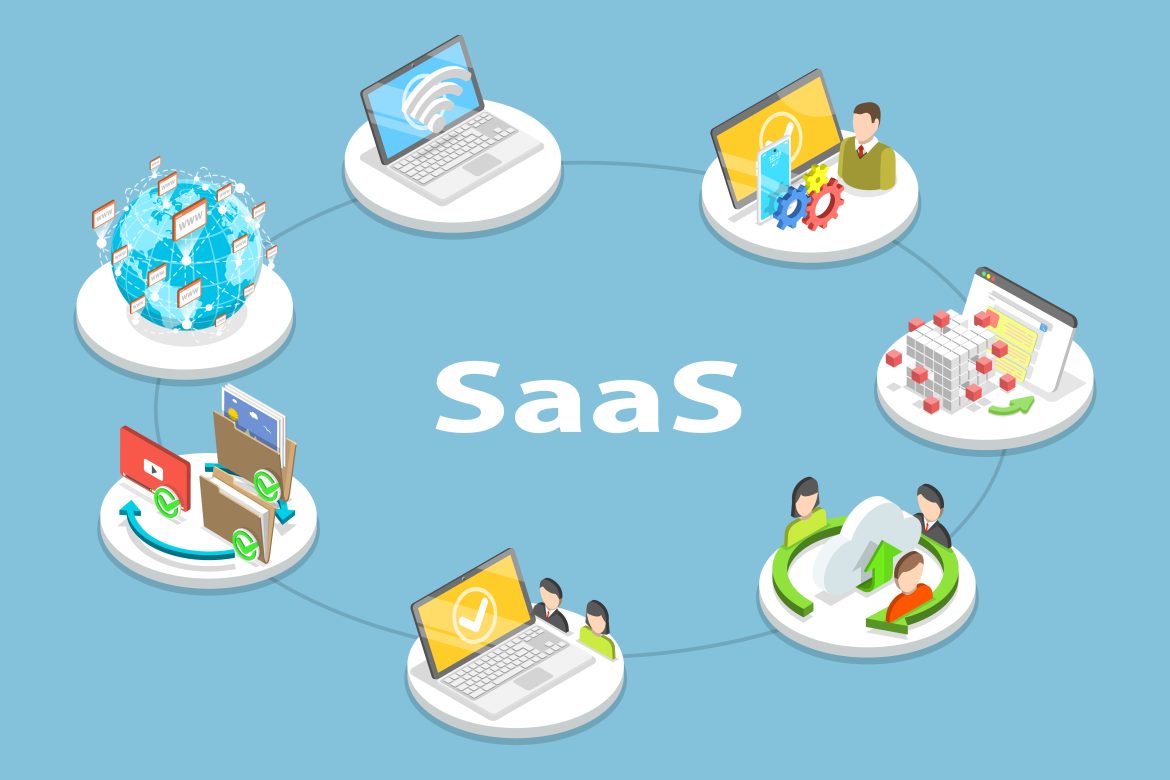Introduction
Businesses are depending more and more on a variety of Software as a Service (SaaS) solutions to improve productivity, streamline operations, and spur growth in the ever changing digital landscape of today. However, it can be difficult to integrate these disparate apps, which frequently results in data silos, inefficiencies, and security flaws. Using best practices for smooth SaaS connections is crucial to overcoming these obstacles. Using information from reliable sources in the field, this essay examines important tactics to guarantee the safe and efficient integration of SaaS services.
Understand the Importance of SaaS Integration
SaaS integration connects various cloud-based software programs, enabling efficient data sharing and communication. There are multiple reasons why this connection is essential. One of the biggest advantages is an improved user experience because users anticipate smooth platform-to-platform workflows. A SaaS product that integrates well fits into the user’s current software ecosystem, which lowers friction and boosts pleasure. Additionally, it gives the SaaS product a competitive edge by enhancing its value proposition in a crowded market and making it more enticing to prospective clients. Additionally, integrations aid in the consolidation of data from multiple sources onto a single platform, guaranteeing accuracy and consistency—two essential components of well-informed decision-making.
Develop a Comprehensive Integration Strategy
A clear integration plan acts as a road map, directing the procedure and guaranteeing conformity with corporate goals. Finding integration points involves figuring out where SaaS programs will communicate with databases, other apps, or current systems. Ranking these points by usage and dependency lays the foundation for a strong integration plan. Since APIs are the means by which a SaaS product communicates with other software, designing efficient APIs is also essential. Well-documented and easy-to-use APIs will encourage third-party developers to adopt them and facilitate smoother integrations.
Choose the Right Integration Tools
Choosing the right integration tools is essential for scalability and efficiency. To speed up the integration process, SaaS integration platforms include pre-built connectors and automated features. By handling data processing, synchronization, and consolidation, these tools minimize human labor and the possibility of mistakes. When pre-built solutions don’t meet specific business needs, companies may require custom integrations. Maintaining system performance and integrity requires that custom integrations adhere to recommended practices.
Ensure Data Security and Compliance
In SaaS connections, data security is crucial and calls for strong safeguards to preserve private data. Implementing secure authentication protocols like SSL/TLS for data encryption and OAuth for authentication protects user data. Adherence to laws such as GDPR or HIPAA is also necessary to prevent legal issues and foster user trust. Following these security guidelines guarantees that integrations won’t introduce system vulnerabilities.
Test Integrations Thoroughly
Thorough testing before complete deployment guarantees that integrations work as planned. Functional testing confirms that systems transfer data accurately and run procedures smoothly. Performance testing evaluates how the integration affects system performance to make sure it can sustain anticipated data loads without experiencing any degradation. In order to ensure a secure integration environment, security testing finds and fixes potential flaws that malevolent actors could exploit.
Monitor and Maintain Integrations
Ongoing maintenance and monitoring maintain integration efficacy over time. Real-time monitoring tools track system performance and data flows, enabling quick problem identification. Updates to integration components on a regular basis aid in meeting compatibility needs and new security risks. By creating feedback loops, users may voice concerns and recommend enhancements, ensuring that integrations keep up with changing business requirements.
Provide Comprehensive Documentation and Training
It is essential to provide teams and users with the skills they need to effectively manage and use linked systems. Keeping thorough records of integration procedures, such as data mappings, workflows, and troubleshooting manuals, simplifies maintenance and onboarding. Providing training sessions ensures stakeholders understand how to use integrations correctly, boosting efficiency and reducing errors.
Focus on Scalability and Flexibility
Future growth is accommodated by designing integrations with scalability in mind. Easy additions and upgrades are made possible via a modular architecture, which preserves current features. Integrations can adjust to changing business requirements by using flexible data models, guaranteeing their continued relevance and efficacy. By future-proofing SaaS connectors, this strategy enables companies to grow effectively.
Leverage API Management
A key component of successful SaaS integrations is efficient API administration. Traffic between a SaaS application and other systems is managed and secured by putting in place an API gateway. Tools for analytics and monitoring offer information on API performance, security, and consumption, facilitating proactive administration and optimization. Businesses may maintain the dependability and effectiveness of integrations by giving API maintenance top priority.
Address Common Integration Challenges
Success requires recognizing and resolving typical integration issues. Designing connectors that encourage data sharing throughout the company is essential since data silos can impede productivity and teamwork. As SaaS applications develop, compatibility problems could occur, requiring frequent evaluations and updates to ensure smooth operation. By taking proactive measures to address these issues, integrations will continue to provide efficiency and value.
Businesses may build an interconnected ecosystem where various SaaS apps easily integrate and exchange data by following these best practices, which will result in streamlined operations and long-term success.

